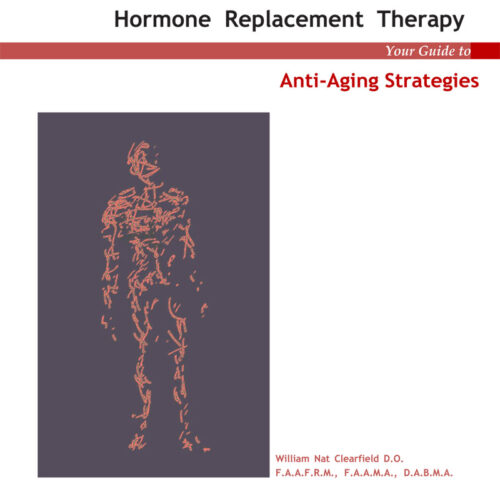
Editor’s Note: This is a continuation of a series of articles by Willaim Clearfield, D.O., breaking down his 10 steps for healthy brain function. Visit www.hbmag.com to read parts 1-7.
A curious thing happens to the body toward the middle and through the end of a moderate to vigorous aerobic workout. Instead of falling off, our energy strengthens, our awareness sharpens and, personally, a torrent of ideas bubbles to my conscience.
Exercise strengthens your heart and bones, brightens your mood, and improves chronic disease states — including diabetes and cancer — and combats debilitating neurodegenerative disorders.
Thus far, in our “Healthy Brain” series we’ve covered:
- Keep Your Blood Sugar Balanced
- Eat Healthy Fats
- Get Adequate and Restful Sleep
- Vitamin D3 is Essential for the Brain to Function Properly
- Get Your Gut In Order
- Maintain Adequate Methylation
- Balance Your Hormones
- Healthy Heart; Healthy Brain
This month, we cover Step 9 — Get Off the Couch! (Groan) Healthy Body = Healthy Brain.
Whether we like it or not, humankind was not meant to sit behind a desk and stare at a computer screen or television monitor for eight, 10 or 12 hours per day.
Our brains need oxygen, and exercise drives blood flow to its deepest recesses. Exercise drives the brain to work at optimum capacity and improves development and survival of neurons (brain cells), all the while increasing the quantity and quality of nerve cell function.
Following our dictum “test, don’t guess,” we’ve identified a neurotrophic factor, brain-derived neurotrophic factor (BDNF), that can, with some effort and expense, be measured. BDNF supports the health and functioning of the primary neuronal cells in the brain, is involved in mood regulation, cognitive functions such as learning and memory, and neuronal (brain cell) survival.
According to Ian McMahan in the April 17, 2017, edition of “The Cut,” low levels of BDNF are associated with depression, bipolar disorders and schizophrenia. In short, high levels of BDNF = a healthy brain. Low levels means there’s trouble in River City. A prime inducer of BDNF is exercise.
The good news is, instead of slogging through an hour of aerobics on a treadmill or elliptical machine, high-intensity interval training (HIIT) is the most beneficial form of exercise, writes Steven Boutcher in the Journal of Obesity.
HIIT consists of brief, all-out effort, followed by slightly longer rest periods. HIIT at the Clearfield Medical Group here means aerobic or cardiovascular training, which leads to increased BDNF and improved brain function.
Belonging to a gym isn’t necessary. After several simple stretches, warm up for 3-5 minutes with a moderately paced walk or jog. Then for the next 30 seconds, hit the ground running, or walking if there are orthopedic issues, at your maximum speed. Time it with a watch or timer. After 30 seconds, slow to a walk for 30 seconds. Then resume your sprint.
You may not be able to do more than 1 to 2 intervals, at first. Start low, build your interval capacity slowly.
If you are a gym rat, the best machines are a treadmill, a stair stepper, a jump rope or bicycle.
HIIT accelerates fat loss, improves aerobic and anaerobic endurance, and brain function and cognitive activity. Of all the recent exercise regimens vying for the “fitness hall of fame,” HIIT produces fast results in short order.
Give HIIT an eight-week trial. Stay with it for a noticeable change in body morphology. Fat melts, hearts beat stronger, and we enter into an era of creativity and cognitive acuity. Give HIIT a try. You won’t regret it.



